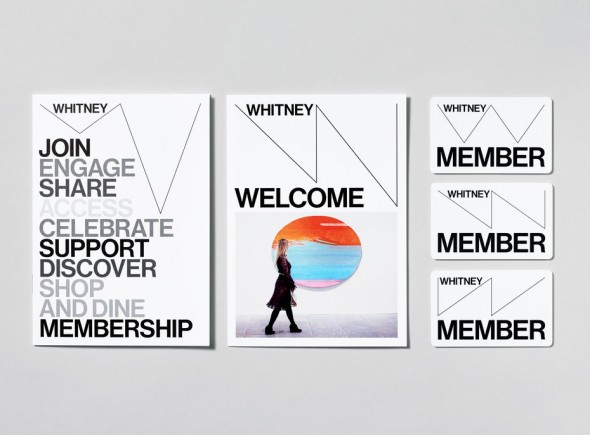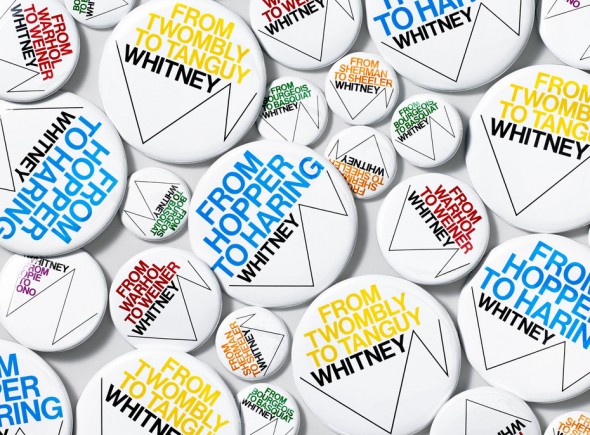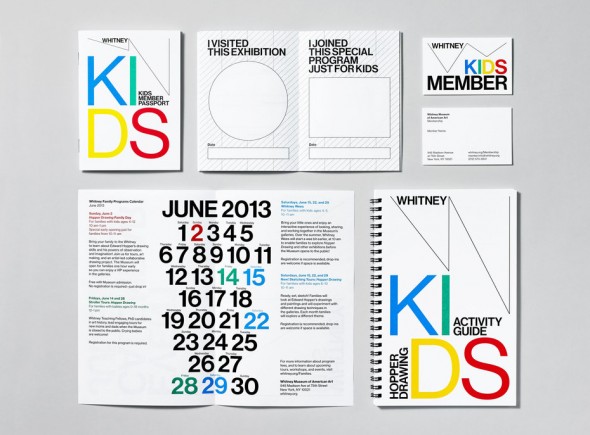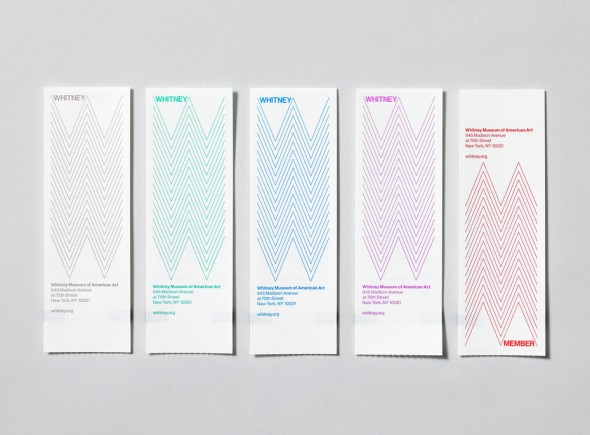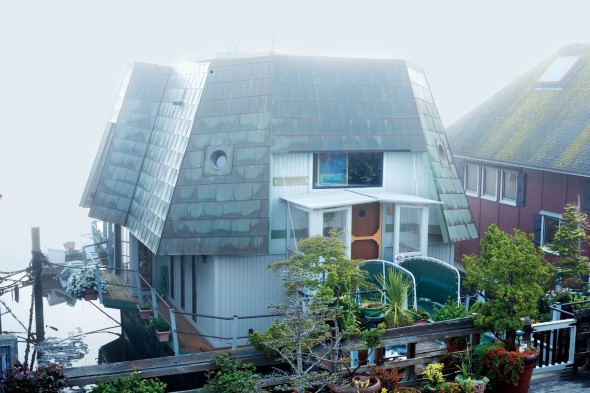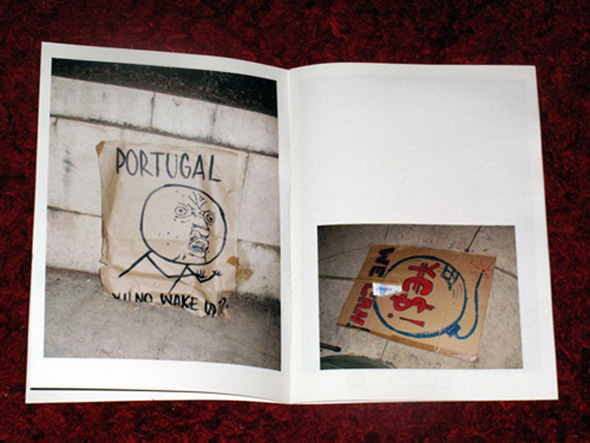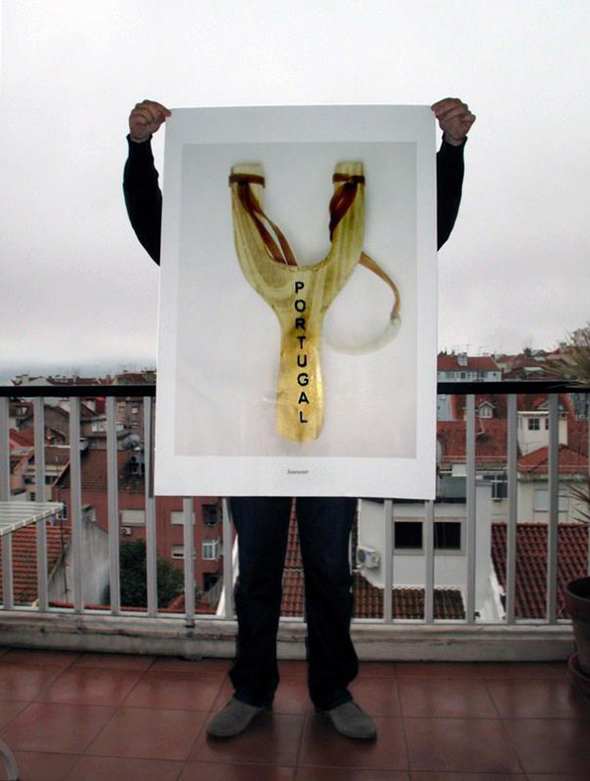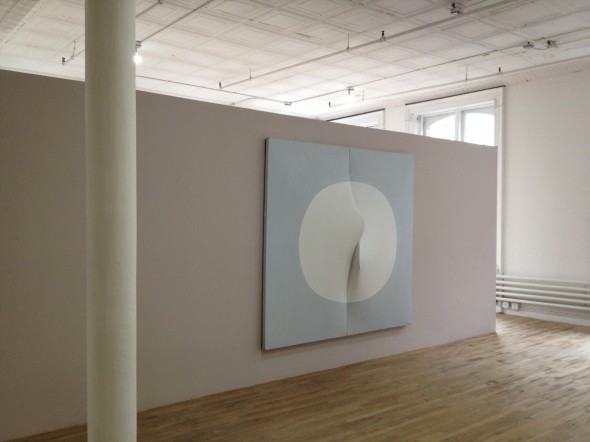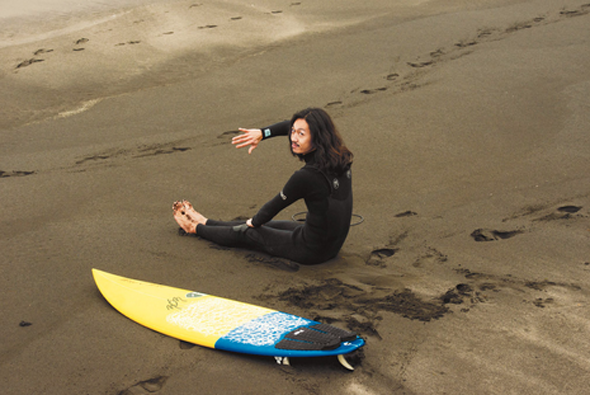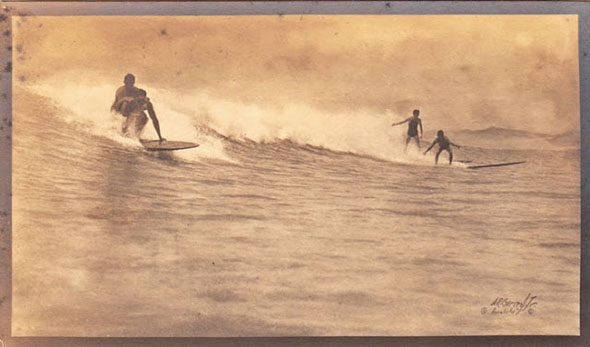 In 1914 photographer and surfer A.R. Gurrey self-published what is now believed to be the first book devoted solely to surfing, The Surf Riders of Hawaii. Combining his own photos and prose alongside poetry from Lord Byron, Gurrey explored the sensorial adventure of the sport. Most of the photos were shot from the water while riding in an outrigger canoe between 1910 and 1914. More than 100 years later there are six known copies left. According to Sotheby’s auction history, in 2011 an edition of the rare six-page book sold for $37,500.
In 1914 photographer and surfer A.R. Gurrey self-published what is now believed to be the first book devoted solely to surfing, The Surf Riders of Hawaii. Combining his own photos and prose alongside poetry from Lord Byron, Gurrey explored the sensorial adventure of the sport. Most of the photos were shot from the water while riding in an outrigger canoe between 1910 and 1914. More than 100 years later there are six known copies left. According to Sotheby’s auction history, in 2011 an edition of the rare six-page book sold for $37,500. 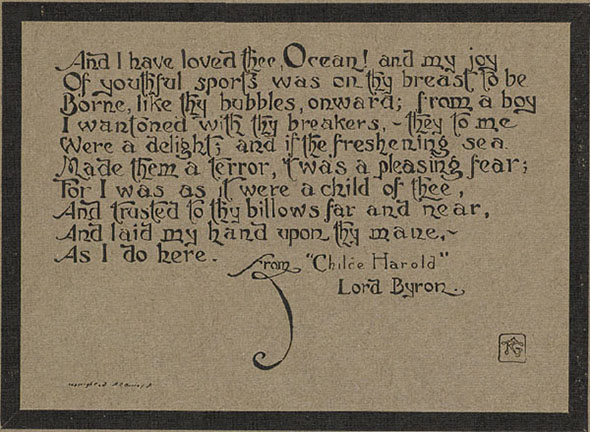
Blog
The First Book on Surfing
Urban Air
Los Angeles artist Stephen Glassman has plans for the steel frames that hoist billboards above his concrete city. He wants to transform them into suspended bamboo gardens, transforming the scenery of thousands of commuters every day. His project, that we can often lose sight of.
To create the garden billboards, Glassman and his crew alter the existing structure, install planters, plant the bamboo, hook up a misting system and set up a wifi network that monitors the space around them. Glassman says, “when people are stuck in traffic, they look up and they see an open space of fresh air.” Most recently, the project successfully raised $100,000 on Kickstarter to kick off the concept and broaden its visibility to inspire other cities around the world to do the same.
Painter Painter
The Walker Art Center, one of the preeminent contemporary art museums in the United States, has a show on view now (until October 27) about new developments in contemporary painting. The exhibition, “Painter Painter,” presents the work of fifteen artists from the US and Europe. Here’s a brief description:
The exhibition posits abstract painting today as a means, not an end. For these artists, painting is a generative process—one that is rooted in the studio yet open and receptive to the world. Here new languages of abstraction and eccentric methods of making are freely pursued, crossing paths with sculpture, poetry, film, music, performance, design, publishing, craft, and fashion. Thus painting becomes a conduit—a way to make contact beyond the closed frame of their formal invention.
In addition, the museum has set up a blog of “Studio Sessions” in which the participating artists discuss their work and influences.
THE WHITNEY: NEW IDENTITY
The Whitney, which is opening their new space near the Highline in 2015, has just unveiled their new graphic identity and it’s a fun one! Created by the design studio Experimental Jet Set, the graphic relies on what the museum describes as a “responsive W” that process here on their website; it’s a fascinating read). It’s lighter and more modern than their old graphic and hints at the possibilities a new space affords any museum. The video they produced shows how the “W” becomes playful and active in different settings, dancing around paintings by Edward Hopper, Chuck Close and others (it’s short; check it out). See below:
Stranger Than Paradise
Adam Sachs’s recent article in T Magazine on Marin County, CA, “the most beautiful, bucolic, privileged, liberal, hippie-dippie place on the earth,” is worth a read.
An excerpt:
On the way around a dock we pass a line of big happy seals, bellies up in the sun. Some of the houseboats around here are repurposed lifeboats. The late Shel Silverstein once lived on a World War II-era balloon barge called Evil Eye. Others are mansions in miniature.
“This one used to have a heliport on the roof,” Merz says, pointing out a particularly grand example of the form. We pass the Whole Earth Catalog founder Stewart Brand’s elegant and tricked-out tug Mirene and another said to belong to the former Black Panther and mother free online pokies games of the late Tupac, Afeni Shakur.
Merz steers us out toward deeper water. A bearded gentleman waves to us. Informed of my purposes, he shouts across the waves: “Say hello to Abe Rosenthal!”
He rows to meet us in his own dinghy. It falls to me to break the news, gently, that Mr. Rosenthal has been dead for seven years. Unfazed, he introduces himself as Jeff, local resident of “many moons.”
“Why don’t you live out here if you really want to know about the place?” Jeff demands. “See, the issue is Sausalito. Kerouac and Cassady and all that, but they’re gone now! Now it’s about cash, and the place has become a tourist haven.”
It can be too easy to fall into conversations like this in Marin — and hard to start the ones you’d rather have.
Art in Protest
In Portugal, artists and protestors have been using a wide variety of political and artistic signage and design to draw attention to the escalating taxes and austerity measures in their country. Inspired by the May ’68 Paris protests, their call to action is, “It’s the people who call the shots.”
The intriguing thing about this movement lies in both the art and design itself, and the fact that it is being spread and promoted by the general population. It’s not just a small community of rebellious artists. It’s the community at large.
Ghost, an association based in Lisbon that was founded by Patrícia Almeida and David-Alexandre Guéniot has been documenting these designs and the manner in which they are displayed by the people in Portugal. Titled I Fear Nothing Because I Have Nothing, their collection aims to preserve and collect the posters and artwork that were left behind in the aftermath following these protests and moments in time.
Zilia S?nchez at Artists Space
Artists Space‘s elegant retrospective of the too-little-known Cuban artist Zilia Sánchez is mesmerizing.
From AS:
Her paintings have regularly taken on a modular character, comprised of two or more abutting parts. This seriality has become a cornerstone of Sánchezâ??s work: she continues to rework and add to paintings begun as early as the 1970s, considering each work to be a part of a larger whole. Alongside the sensual and haptic â??queeringâ? of a hard-edged minimalism, her multi-part works bear relation to the temporal and semiotic sequencing of musical notation, as well as to the architecture of tropical modernism.
The show is on view until June 16.
Surf Culture in Japan
Given its geography, Japan seems a natural fit for surfing culture. But what’s interesting is the way in which it’s started to take hold again recently, which is to say they’ve put an emphasis on the culture as much as, if not more than the surfing. the beach, rather than inside the city. It’s as much for good health and relaxation as it is for exercise and entertainment.
And then there’s the fashion of it. The surf shops feature the most detailed accessories and clothing related to surfing, more than just your basic boards. Even when the waves are bad, beach towns like Kamakura are lined with restaurants and bars, filled with lively and stylish visitors from the nearby cities, looking for a healthy escape.
The business partners compare it to Montauk or Malibu, only when you look up, you see Mt. Fuji in the distance.



